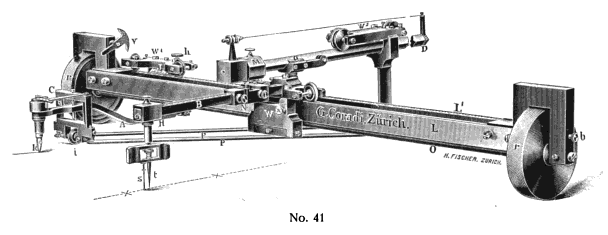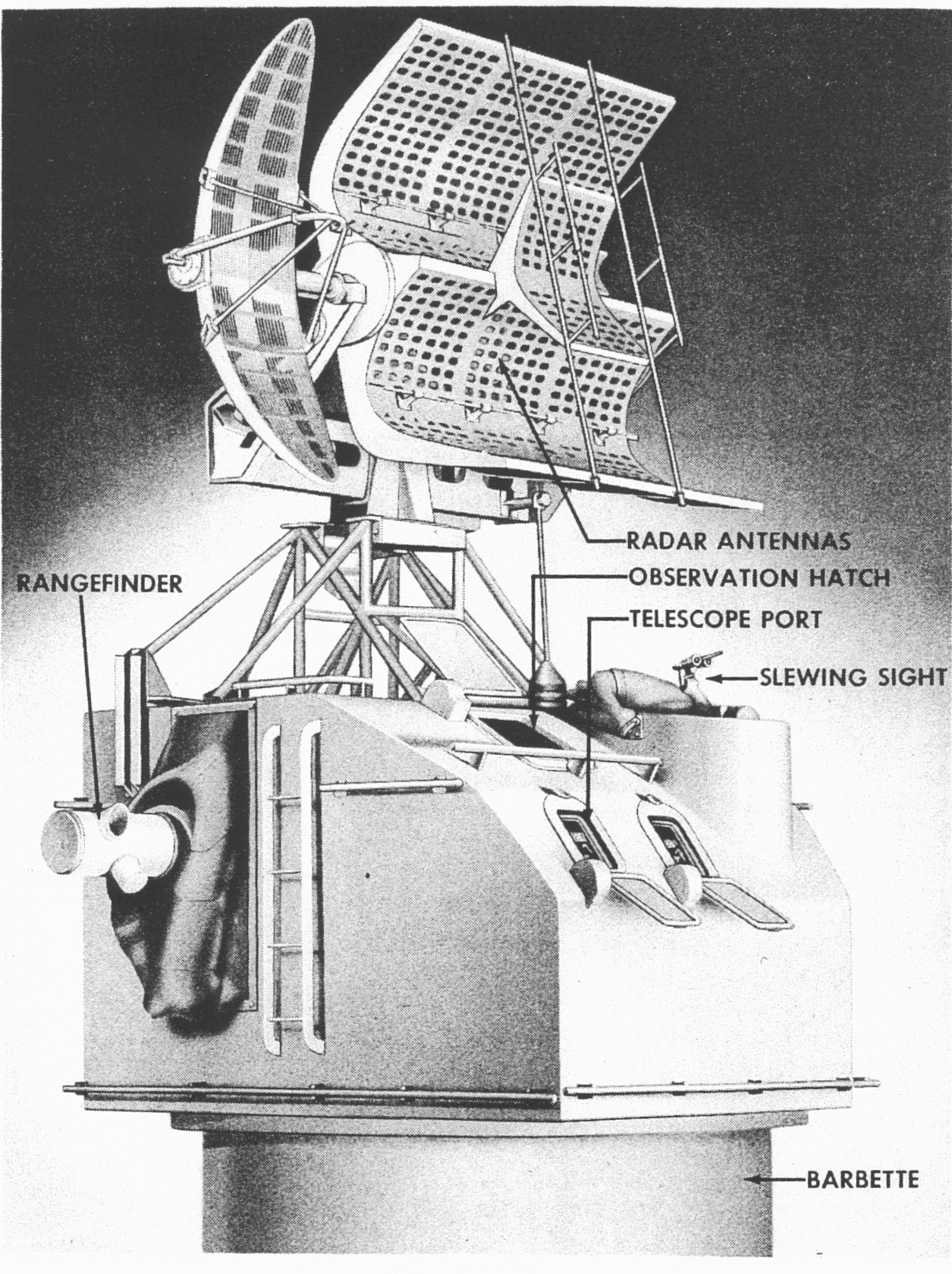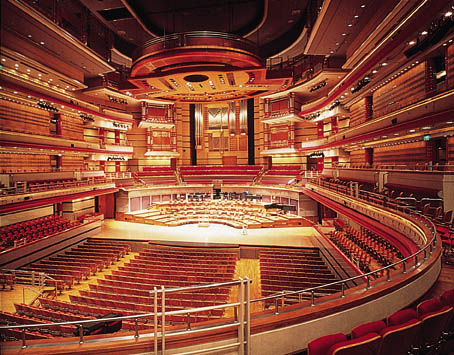|
Integrator
An integrator in measurement and control applications is an element whose output signal is the time integral of its input signal. It accumulates the input quantity over a defined time to produce a representative output. Integration is an important part of many engineering and scientific applications. Mechanical integrators are the oldest application, and are still used in such as metering of water flow or electric power. Electronic analogue integrators are the basis of analog computers and charge amplifiers. Integration is also performed by digital computing algorithms. In signal processing circuits :''See also Integrator at op amp applications'' An electronic integrator is a form of first-order low-pass filter, which can be performed in the continuous-time (analog) domain or approximated (simulated) in the discrete-time (digital) domain. An integrator will have a low pass filtering effect but when given an offset it will accumulate a value building it until it reaches a l ... [...More Info...] [...Related Items...] OR: [Wikipedia] [Google] [Baidu] |
Differentiator
In electronics, a differentiator is a circuit that is designed such that the output of the circuit is approximately directly proportional to the rate of change (the time derivative) of the input. A true differentiator cannot be physically realized, because it has infinite gain at infinite frequency. A similar effect can be achieved, however, by limiting the gain above some frequency. The differentiator circuit is essentially a high-pass filter. An active differentiator includes some form of amplifier, while a passive differentiator is made only of resistors, capacitors and inductors. Passive differentiator The simple four-terminal passive circuits depicted in figure, consisting of a resistor and a capacitor, or alternatively a resistor and an inductor, behave as differentiators. Indeed, according to Ohm's law, the voltages at the two ends of the ''capacitive differentiator'' are related by a transfer function that has a zero in the origin and a pole in −1/''RC'' and that ... [...More Info...] [...Related Items...] OR: [Wikipedia] [Google] [Baidu] |
Molecular Dynamics
Molecular dynamics (MD) is a computer simulation method for analyzing the physical movements of atoms and molecules. The atoms and molecules are allowed to interact for a fixed period of time, giving a view of the dynamic "evolution" of the system. In the most common version, the trajectories of atoms and molecules are determined by numerically solving Newton's equations of motion for a system of interacting particles, where forces between the particles and their potential energies are often calculated using interatomic potentials or molecular mechanical force fields. The method is applied mostly in chemical physics, materials science, and biophysics. Because molecular systems typically consist of a vast number of particles, it is impossible to determine the properties of such complex systems analytically; MD simulation circumvents this problem by using numerical methods. However, long MD simulations are mathematically ill-conditioned, generating cumulative erro ... [...More Info...] [...Related Items...] OR: [Wikipedia] [Google] [Baidu] |
Computer Simulation
Computer simulation is the process of mathematical modelling, performed on a computer, which is designed to predict the behaviour of, or the outcome of, a real-world or physical system. The reliability of some mathematical models can be determined by comparing their results to the real-world outcomes they aim to predict. Computer simulations have become a useful tool for the mathematical modeling of many natural systems in physics ( computational physics), astrophysics, climatology, chemistry, biology and manufacturing, as well as human systems in economics, psychology, social science, health care and engineering. Simulation of a system is represented as the running of the system's model. It can be used to explore and gain new insights into new technology and to estimate the performance of systems too complex for analytical solutions. Computer simulations are realized by running computer programs that can be either small, running almost instantly on small devices, or large-sc ... [...More Info...] [...Related Items...] OR: [Wikipedia] [Google] [Baidu] |
Frequency Response Of Ideal And Practical Integrator
Frequency is the number of occurrences of a repeating event per unit of time. It is also occasionally referred to as ''temporal frequency'' for clarity, and is distinct from ''angular frequency''. Frequency is measured in hertz (Hz) which is equal to one event per second. The period is the interval of time between events, so the period is the reciprocal of the frequency. For example, if a heart beats at a frequency of 120 times a minute (2 hertz), the period, —the interval at which the beats repeat—is half a second (60 seconds divided by 120 beats). Frequency is an important parameter used in science and engineering to specify the rate of oscillatory and vibratory phenomena, such as mechanical vibrations, audio signals (sound), radio waves, and light. Definitions and units For cyclical phenomena such as oscillations, waves, or for examples of simple harmonic motion, the term ''frequency'' is defined as the number of cycles or vibrations per unit of time. T ... [...More Info...] [...Related Items...] OR: [Wikipedia] [Google] [Baidu] |
Integraph
An Integraph is a mechanical analog computing device for plotting the integral of a graphically defined function. History Gaspard-Gustave de Coriolis first described the fundamental principal of a mechanical integraph in 1836 in the ''Journal de Mathématiques Pures et Appliquées''. A full description of an integraph was published independently around 1880 by both British physicist Sir Charles Vernon Boys and Bruno Abdank-Abakanowicz, a Polish-Lithuanian mathematician/electrical engineer. Boys described a design for an integraph in 1881 in the ''Philosophical Magazine''. Abakanowicz developed a practical working prototype in 1878, with improved versions of the prototype being manufactured by firms such as Coradi in Zürich, Switzerland. Customized and further improved versions of Abakanowicz's design were manufactured until well after 1900, with these later modifications being made by Abakanowicz in collaboration M. D. Napoli, the "principal inspector of the railroad Chemin ... [...More Info...] [...Related Items...] OR: [Wikipedia] [Google] [Baidu] |
Planimeter
A planimeter, also known as a platometer, is a measuring instrument used to determine the area of an arbitrary two-dimensional shape. Construction There are several kinds of planimeters, but all operate in a similar way. The precise way in which they are constructed varies, with the main types of mechanical planimeter being polar, linear and Prytz or "hatchet" planimeters. The Swiss mathematician Jakob Amsler-Laffon built the first modern planimeter in 1854, the concept having been pioneered by Johann Martin Hermann in 1814. Many developments followed Amsler's famous planimeter, including electronic versions. The Amsler (polar) type consists of a two-bar linkage. At the end of one link is a pointer, used to trace around the boundary of the shape to be measured. The other end of the linkage pivots freely on a weight that keeps it from moving. Near the junction of the two links is a measuring wheel of calibrated diameter, with a scale to show fine rotation, and worm gearing for ... [...More Info...] [...Related Items...] OR: [Wikipedia] [Google] [Baidu] |
Ship Gun Fire-control System
Ship gun fire-control systems (GFCS) are analogue fire-control systems that were used aboard naval warships prior to modern electronic computerized systems, to control targeting of guns against surface ships, aircraft, and shore targets, with either optical or radar sighting. Most US ships that are destroyers or larger (but not destroyer escorts except Brooke class DEG's later designated FFG's or escort carriers) employed gun fire-control systems for and larger guns, up to battleships, such as . Beginning with ships built in the 1960s, warship guns were largely operated by computerized systems, i.e. systems that were controlled by electronic computers, which were integrated with the ship's missile fire-control systems and other ship sensors. As technology advanced, many of these functions were eventually handled fully by central electronic computers. The major components of a gun fire-control system are a human-controlled director, along with or later replaced by radar or te ... [...More Info...] [...Related Items...] OR: [Wikipedia] [Google] [Baidu] |
Ball-and-disk Integrator
The ball-and-disk integrator is a key component of many advanced mechanical computers. Through simple mechanical means, it performs continual integration of the value of an input. Typical uses were the measurement of area or volume of material in industrial settings, range-keeping systems on ships, and tachometric bombsights. The addition of the torque amplifier by Vannevar Bush led to the differential analysers of the 1930s and 1940s. Description and operation The basic mechanism consists of two inputs and one output. The first input is a spinning disk, generally electrically driven, and using some sort of governor to ensure that it turns at a fixed rate. The second input is a movable carriage that holds a bearing against the input disk, along its radius. The bearing transfers motion from the disk to an output shaft. The axis of the output shaft is oriented parallel to the rails of the carriage. As the carriage slides, the bearing remains in contact with both the disk & the output ... [...More Info...] [...Related Items...] OR: [Wikipedia] [Google] [Baidu] |
Differential Analyser
The differential analyser is a mechanical analogue computer designed to solve differential equations by integration, using wheel-and-disc mechanisms to perform the integration. It was one of the first advanced computing devices to be used operationally. The original machines could not add, but then it was noticed that if the two wheels of a rear differential are turned, the drive shaft will compute the average of the left and right wheels. A simple gear ratio of 1:2 then enables multiplication by two, Multiplication is just a special case of integration, namely integrating a constant function. History Research on solutions for differential equations using mechanical devices, discounting planimeters, started at least as early as 1836, when the French physicist Gaspard-Gustave Coriolis designed a mechanical device to integrate differential equations of the first order. The first description of a device which could integrate differential equations of any order was published in ... [...More Info...] [...Related Items...] OR: [Wikipedia] [Google] [Baidu] |
Electronic Circuit Simulation
Electronic circuit simulation uses mathematical models to replicate the behavior of an actual electronic device or circuit. Simulation software allows for modeling of circuit operation and is an invaluable analysis tool. Due to its highly accurate modeling capability, many colleges and universities use this type of software for the teaching of electronics technician and electronics engineering programs. Electronics simulation software engages its users by integrating them into the learning experience. These kinds of interactions actively engage learners to analyze, synthesize, organize, and evaluate content and result in learners constructing their own knowledge. Simulating a circuit’s behavior before actually building it can greatly improve design efficiency by making faulty designs known as such, and providing insight into the behavior of electronics circuit designs. In particular, for integrated circuits, the tooling (photomasks) is expensive, breadboards are impractica ... [...More Info...] [...Related Items...] OR: [Wikipedia] [Google] [Baidu] |
Architectural Acoustics
Architectural acoustics (also known as building acoustics) is the science and engineering of achieving a good sound within a building and is a branch of acoustical engineering. The first application of modern scientific methods to architectural acoustics was carried out by the American physicist Wallace Sabine in the Fogg Museum lecture room. He applied his newfound knowledge to the design of Symphony Hall, Boston. Architectural acoustics can be about achieving good speech intelligibility in a theatre, restaurant or railway station, enhancing the quality of music in a concert hall or recording studio, or suppressing noise to make offices and homes more productive and pleasant places to work and live in. Architectural acoustic design is usually done by acoustic consultants. Building skin envelope This science analyzes noise transmission from building exterior envelope to interior and vice versa. The main noise paths are roofs, eaves, walls, windows, door and penetration ... [...More Info...] [...Related Items...] OR: [Wikipedia] [Google] [Baidu] |
Noise Barrier
A noise barrier (also called a soundwall, noise wall, sound berm, sound barrier, or acoustical barrier) is an exterior structure designed to protect inhabitants of sensitive land use areas from noise pollution. Noise barriers are the most effective method of mitigating roadway, railway, and industrial noise sources – other than cessation of the source activity or use of source controls. In the case of surface transportation noise, other methods of reducing the source noise intensity include encouraging the use of hybrid and electric vehicles, improving automobile aerodynamics and tire design, and choosing low-noise paving material. Extensive use of noise barriers began in the United States after noise regulations were introduced in the early 1970s. History Noise barriers have been built in the United States since the mid-twentieth century, when vehicular traffic burgeoned. I-680 in Milpitas, California was the first noise barrier. In the late 1960s, analytic acoustical ... [...More Info...] [...Related Items...] OR: [Wikipedia] [Google] [Baidu] |







